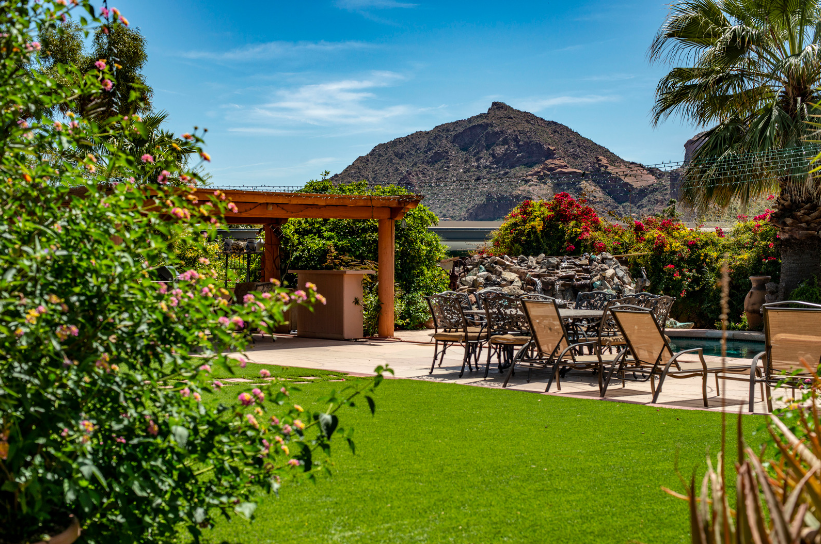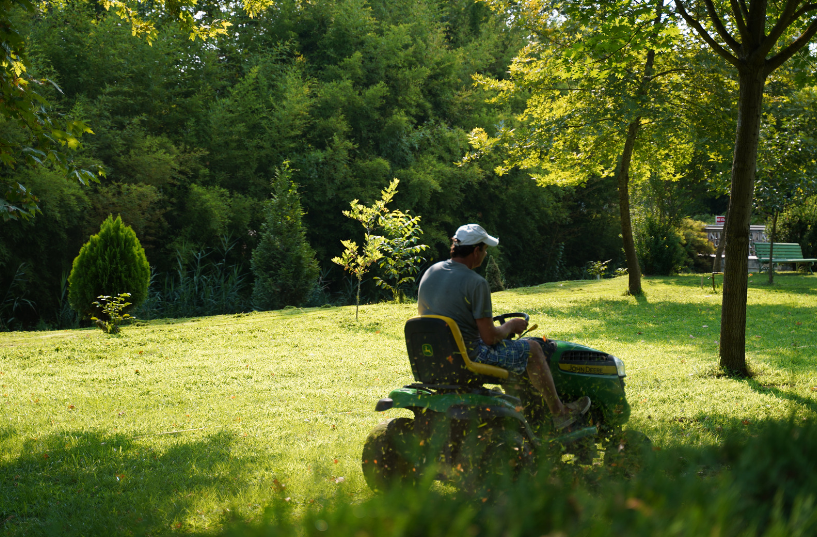Do I Need a Retaining Wall?
Do I Need a Retaining Wall?
Retaining walls are a common landscaping element for a variety of reasons. In some yards, they are purely cosmetic, giving definition to a lawn’s borders or providing a point of interest in the middle of a large, monochromatic yard. In most cases, however, the retaining wall was built for a reason other than aesthetics. Retaining walls can serve several purposes, all of which contribute to a healthy and attractive outdoor space.
When most people think of retaining walls, they think of soil erosion. And they are correct in doing so - preventing soil erosion is the most common reason for
installing a retaining wall. If your yard has a steep slope or if you have ever noticed soil piling up near your home (or washing away and revealing more of your home’s foundation), you probably need a retaining wall.
Heavy rains can wash the top layer of soil away from even a gently sloping lawn. In addition to the mess this can make wherever the soil settles, even this little bit of erosion can carry away essential nutrients from your lawn, preventing your grass and other greenery from thriving. Flowing water can even seep into your basement if it is allowed to go where it pleases! A
retaining wall can divert water so that it can safely leave your property while holding your soil in place so the water doesn’t take anything extra with it.
Water flowing down a slope isn’t the only type of water that can harm your lawn. Standing water can damage or kill your grass and plants, and it is also a favorite breeding ground for mosquitoes. If you notice water pooling in your yard, a retaining wall can help improve your lawn’s drainage. Due to the solid nature of the materials they are made of, most retaining walls are constructed with integrated drainage systems that will guide water out of your yard and into a storm drain.
A retaining wall can also make your outdoor space more usable. Instead of a sloped yard, you can have two level surfaces divided by an attractive retaining wall. If you have ever wanted to install a patio or
garden shed but have been unable to do so because you don’t have a flat surface for it, you might need a retaining wall. Level yards are also better for gardening, playing sports, and most other outdoor activities. They can even provide built-in seating around a firepit or near a patio!
There are as many reasons for building retaining walls as there are homes in Richmond. Whether you have been watching your soil wash away every time it rains or just want to divide your backyard into two (or more) highly-functional areas, our experts are here to help you through the entire design and construction process. All you have to do is give us a call!
Still have questions? Need a quote? Our experts are here to help with all your landscaping needs!
You might also like



